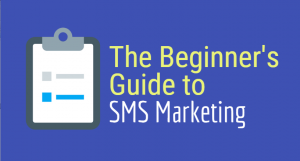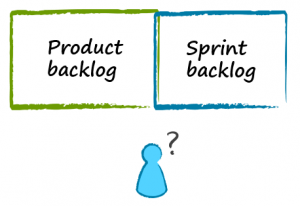Search engine optimization has been around just about as long as search engines themselves.
That makes it one of the OGs of the internet, but it also means that there are a lot of crackpot theories about how to do it, where to do it, and why to do it.
That can make getting it right difficult, especially if you don’t have the time to sift through all of the mythical techniques to find what really works.
The best basic advice we could give is this: there is no magic bullet for SEO.
If something claims to get your site on the first page of Google search results in one day, that’s snake oil.
PERIOD!
And it also probably means you’re going to be saddled with some serious bad search engine karma, which can take years to recover from.
These aren’t just techniques that will down-rate you, however. These are the things that do not work and that have never worked.
Here are 10 myths we don’t want you to buy into as you plan your 2015 SEO Strategy:
1. Buying an expired domain is the best way to fake an extensive site history.
Here’s the only reason to buy an expired domain: it’s the best domain name for your website.
Many abandoned domains have serious baggage, however, including spamming issues that may have them permanently removed from Google.
Before buying a domain, be sure to check its history, to make sure it isn’t blacklisted.
2. Domain age actually matters.
True talk: quality of content and backlinks far outrank domain age.
Old domains with copied or valueless content will never rank above new domains with great content and lots of high-quality backlinks.
3. Buying a domain specific to a region is better for SEO.
More true talk: the quality of the content on a website is still going to trump whatever “tricks” the domain is trying to pull.
Google’s task is to bring the most relevant and useful information to its users.
The algorithm is supposed to be designed so that it doesn’t just tally up keywords, but actually tries to find the websites with the most valuable content, despite whatever masks other websites are trying to put on to look like the most valuable.
4. Your domain should have a keyword in it.
This is one of the most widely propagated myths, especially in local SEO. Why does it survive?
Because the basics of SEO dictate that you should have keywords prominently placed all across your webpage, including in the code (another myth that doesn’t actually work), it makes sense that a keyword-rich domain name would be useful.
The truth still remains that a better website will beat out a website with a keyword in its domain.
5. All you need is keywords in your content in order to rank well.
That might have been the case back in the early days of search engines, but things have definitely changed.
On-site optimization should be the foundation of your entire attack plan, but it’s also important to branch out and use all aspects of SEO.
Great SEO is kind of like a stock portfolio—it should be diversified, so that if one technique isn’t pulling its weight, the others are there to support it until it does.
Keywords are important, there’s no doubt about that, but there shouldn’t be so much focus on keywords that all other SEO falls by the wayside.
6. The more pages you have, the better.
While it’s true that Google prefers big, easy-to-find websites, that doesn’t necessarily mean that you have to inflate your site with lots of extra pages in order to become one of those websites.
It’s a flat-out myth that the more indexed pages you have, the higher your rank will be, especially because lots of “fluff” pages often end up being filled with duplicate content—which is extremely bad for SEO.
We certainly support generating more content, and we know it can help with rankings… but not if the content stinks and/or is duplicate content.
7. A sitemap is critical to improving your rankings.
A clear and concise sitemap does make your website easier for Google to index.
Just because your website is easy to index doesn’t mean you’ll get any boosts in your search ranking though.
Google has even made it clear that having a sitemap does not actually boost your ranking in any way.
8. Website navigation has no effect on ranking.
In the past, Google might have focused solely on the content and the keywords.
Today, Google also wants to make sure that the website it presents its searchers with are as easy to use as they are valuable.
That means that your website will be graded on its usability.
How does the web crawler do this? Largely by looking at internal links.
Internal links mean that your website is easy to get around, that your page viewers don’t have to constantly back out of a page in order to get to another area of your site.
9. SEO comes after page design.
Most people believe that they only have to start worrying about SEO once the website is completely finished and live. Lots of web designers will tell you this too!
In reality, you should start worrying about optimization in the very early stages of the design.
Google starts to index your website as soon as it is published, so you want to already have at least some keyword-rich content for it to crawl.
Most importantly, you do not want to have “placeholder” content taken from a similar website that you are just using as filler.
Google will know and it will flag your website before it even gets off the ground.
10. It matters how long my content is.
Freelance writers around the world are still getting requests for content that is at least 500 words long, for SEO purposes.
As we’ve already said a few times in this post—quality over quantity is almost always going to reign in the world of SEO.
If your topic only warrants 200 words, you don’t want to artificially inflate it to 600. Seth Godin proves this on a daily basis.
(287)
Report Post






